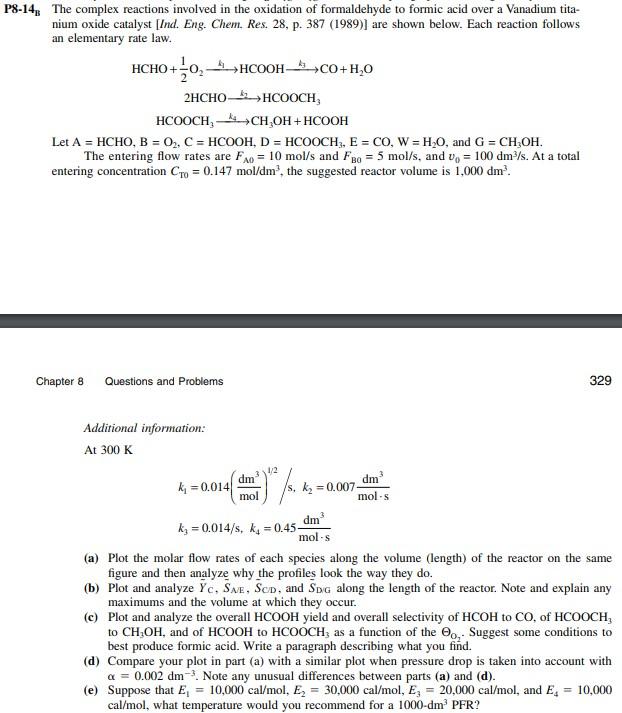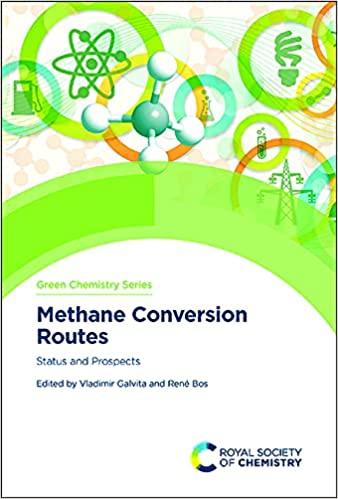Answered step by step
Verified Expert Solution
Question
1 Approved Answer
nium oxide catalyst [Ind. Eng. Chem. Res. 28, p. 387 (1989)] are shown below. Each reaction follows an elementary rate law. HCHO+21O2k4HCOOHk3CO+H2O2HCHOk2HCOOCH3HCOOCH3k4CH3OH+HCOOH Let A=HCHO,B=O2,C=HCOOH,D=HCOOCH3,E=CO,W=H2O, and

Step by Step Solution
There are 3 Steps involved in it
Step: 1

Get Instant Access to Expert-Tailored Solutions
See step-by-step solutions with expert insights and AI powered tools for academic success
Step: 2

Step: 3

Ace Your Homework with AI
Get the answers you need in no time with our AI-driven, step-by-step assistance
Get Started


